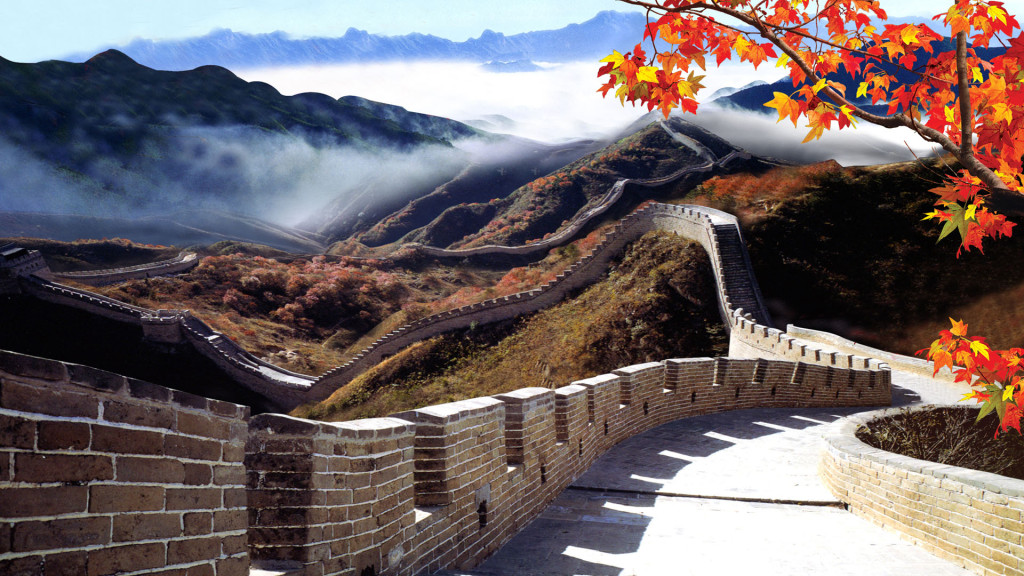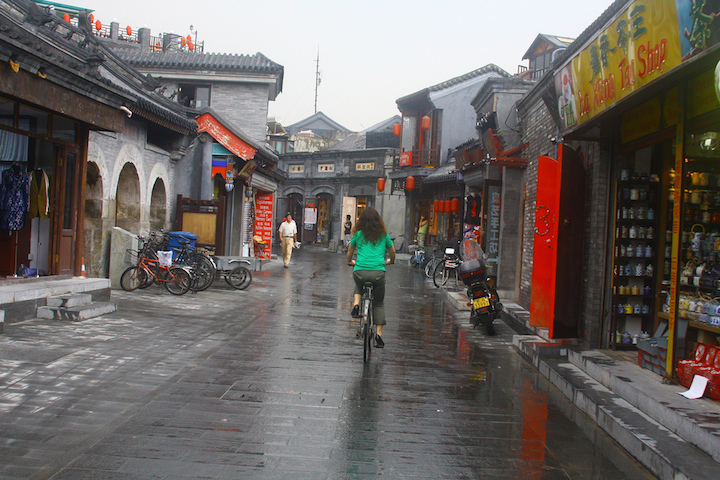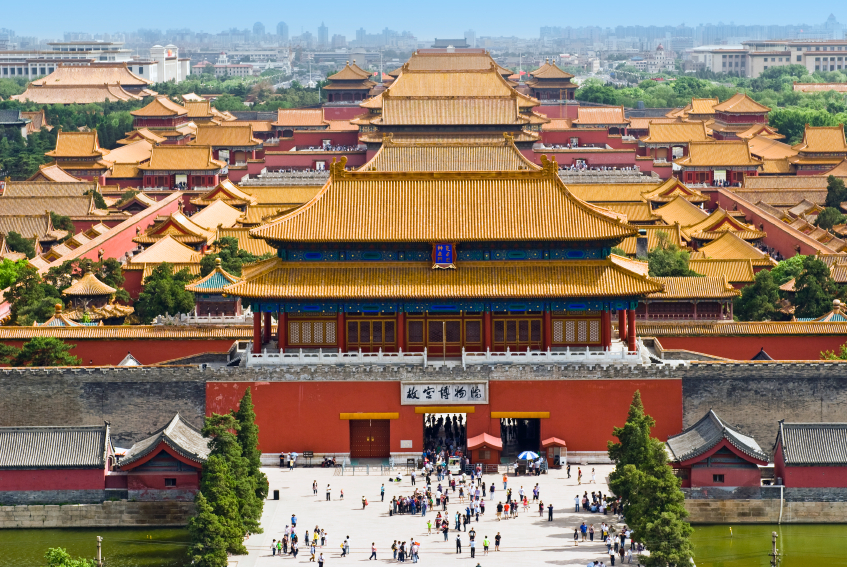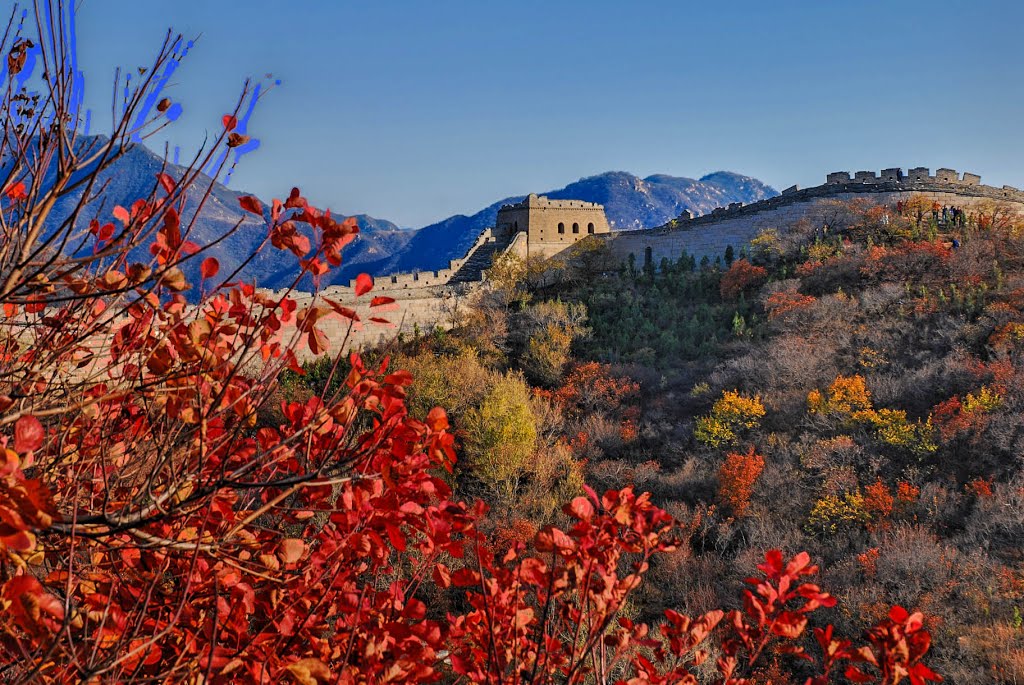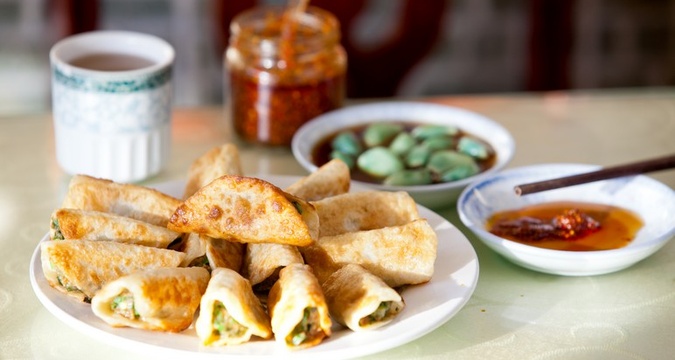Venture to one of the planet’s most populous cities, Beijing, China, for the China Open, a WTA-ATP combined event that begins Monday. Housed at the 2008 Olympic tennis center, the pro tours’ top names will be competing for a hard court title won four times by Novak Djokovic and twice by Serena Williams since the tournament welcomed women in 2004. Discover the wonders of this capital city, whose history stretches from New Stone Age settlements to the Ming and Qing dynasties, to the political, cultural and educational hub it represents today.
Players
Try to See: Players always compete better with the support of their countrymen, so watch for Zhang Shuai, who has a no. 43 singles ranking on the WTA tour. Although she lost in the first round of all four majors this year, she had some big wins throughout the season, defeating Sloane Stephens, Petra Kvitova and Madison Keys.
Should See: U.S. Open semifinalist Peng Shuai will be playing in her native country. After a heartbreaking exit in New York this summer we have high hopes for the world no. 23 in Beijing.
Must See: Rafael Nadal is back on the court after a three-month hiatus. Will he be prepared to take on reigning champ Novak Djokovic?
Attractions
Cool:
Rent a bicycle and wind your way through the Hutongs, alleys formed by courtyard dwellings. These narrow passageways are filled with life and stories from centuries of Chinese history. Some of the more famous Hutongs are Skewed Tobacco Pouch Street, once known for its pipe business when smoking opium was prevalent in the region, and Colored Glaze Factory Street, where shops once produced tiles for temples and palaces.
Awesome:
Forbidden City, a complex of palaces,housed Ming and Qing emperors before it became home to imperial art collections. Items in the museum include jade artifacts, belongings of the imperial court and some of the most valuable paintings in China.
Incredible:
Need we expand on why you should visit one of the greatest wonders of the world? The Mutianyu portion of the Great Wall in Beijing is characterized by dense forests and unique gateway architecture.
Food
$: How do you like your dumplings? Mr. Shi’s Dumplings offers a wide variety including veggie, meat, steamed, fried, and even chocolate and banana. While some tourists love the small restaurant where Mr. Shi himself is often present and you can watch the dumplings being made, others weren’t sure what the hype was about. “I love Mr Shi’s!” said one reviewer on Trip Advisor. “I know some ex-pats get a little snooty about it, as it is a little touristy, but hell, they are still the best dumpling’s (sic) I’ve had in Beijing (and I’ve had a lot).”
$$: When in Beijing, one must try the city’s specialty, Peking roast duck. Journey to Bianyifang’s flagship restaurant, the city’s oldest roast duck kitchen. While most restaurants prepare duck in an open oven, Bianyifang maintains the tradition of roasting in a closed oven, which makes the skin “crispier and juicier,”according to china.org.cn.
$$$: While Temple Restaurant Beijing, TRB, is very much geared toward tourists and serves “contemporary European cuisine,” the ambience makes it worth a visit. Its ancient temple walls that also once housed a television factory were incorporated into a modern dining room that pays homage to site where China’s first television sets were made. Said one New York Times review: “The service is impeccable and there are delightful details, like airy gougères at the bar and an impressive selection of house-made breads at the table. Our ham hock and artichoke terrine came perched on a bed of wonderfully tangy shallot and truffle dressing.”
If you had to look up what a gougère was, maybe TRB isn’t the place for you, but it certainly seems like a spot top seed Serena Williams would dine. If you go, bring us back some artichoke terrine.
